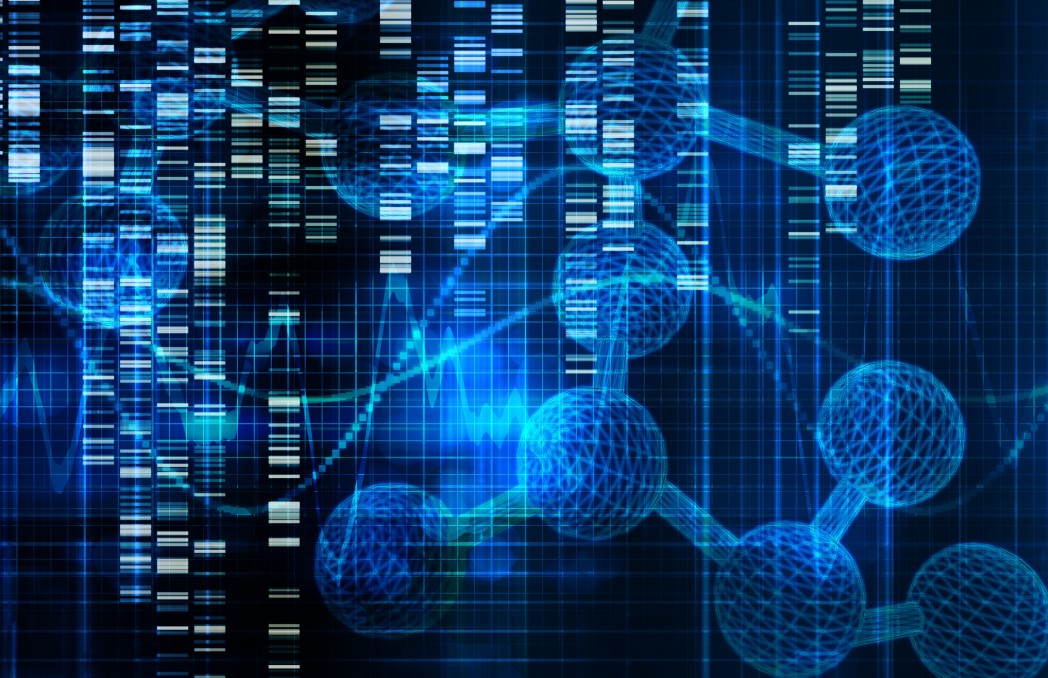Researchers Discover Eight Master Regulators of Neurodegeneration in ALS Animal Models

Researchers at Columbia University, New York recently published in the journal Cell Reports their findings on eight different master regulators involved in amyotrophic lateral sclerosis (ALS) neurodegeneration in mouse models. The study is entitled “The Regulatory Machinery of Neurodegeneration in In Vitro Models of Amyotrophic Lateral Sclerosis”.
ALS is a progressive neurodegenerative disease characterized by the gradual degeneration and atrophy of motor neurons in the brain and spinal cord that are responsible for controlling essential voluntary muscles, such as the ones related to movement, speaking, eating, and even breathing. Neuron degeneration in ALS is thought to be caused by toxic secretions from astrocytes, cells that provide the physical support to neurons and are responsible for nutrient provision to the nervous tissue and repair mechanisms. ALS patients may become totally paralyzed and the majority dies due to respiratory failure within two to five years after diagnosis. It is estimated that more than 300,000 Americans suffer from the disease and there is currently no cure.
The identity of the astrocyte toxins that induce neuron degeneration and cell death is unknown. In the study, researchers cultured spinal motor neurons from embryonic mice and exposed them to mSOD1 astrocyte-conditioned media (ACM). Mutations in the SOD1 (superoxide dismutase-1) gene, which encodes a key protein important for the detoxification of motor neurons, accounts for approximately 12% of inherited ALS forms. After three days in culture, researchers found that the neurons were no longer able to recover and eventually died. By comparing the transcriptome (RNA levels) of these neurons with normal healthy neurons, the team found that 620 different genes were de-regulated.
The team developed a bioinformatics approach and assembled a mouse brain genome-wide regulatory model (“interactome”) to identify factors that may act as “master regulators” of biological processes [Master Regulator Inference algorithm (MARINa)] using data from the mRNA profiles obtained with cultured neurons. In total, 23 factors were identified that could potentially drive neurodegeneration and explain the mRNA profiles observed in neurons. Of these, 8 factors were confirmed to drive motor neuron death as their silencing improved the survival of motor neurons that were exposed to ACM.
Surprisingly, one of the 8 potential master regulators identified was NF-κB, which has been considered a pro-survival and pro-inflammatory factor thought to protect cells. The team found that when neurons were treated with drugs that block NF-κB activity, cells were protected from astrocyte toxins. Further pharmacological, molecular and biochemical experiments confirmed that neuronal NF-κB is involved in the astrocyte-induced motor neuron degeneration in ALS mouse models.
Based on their findings, the team concluded that NF-κB seems to have a different role in the context of ALS and motor neurons. “We were very surprised,” said the study’s co-senior author Dr. Serge Przedborski in a news release. “If you ask most people who know about NF-κB, they will immediately tell you that NF-κB plays a survival role. Here, if anything, we would argue that it could drive the death of motor neurons.”
Dr. Bin Zhan, a researcher from the Icahn School of Medicine at Mount Sinai in New York who was not involved in the study, claimed that the study’s “method is pretty robust and reliable,”. However, some questions still remain. “We do not know [the] upstream activators of these transcriptional factors, nor the downstream mediators that lead to necroptosis,” noted Dr. Junying Yuan of Harvard Medical School. Future studies should also confirm whether these potential master regulators have similar functions in humans.
The team is currently testing their MARINa method in other neurological diseases like Alzheimer’s disease in order to identify master regulators that might control disease progression.






